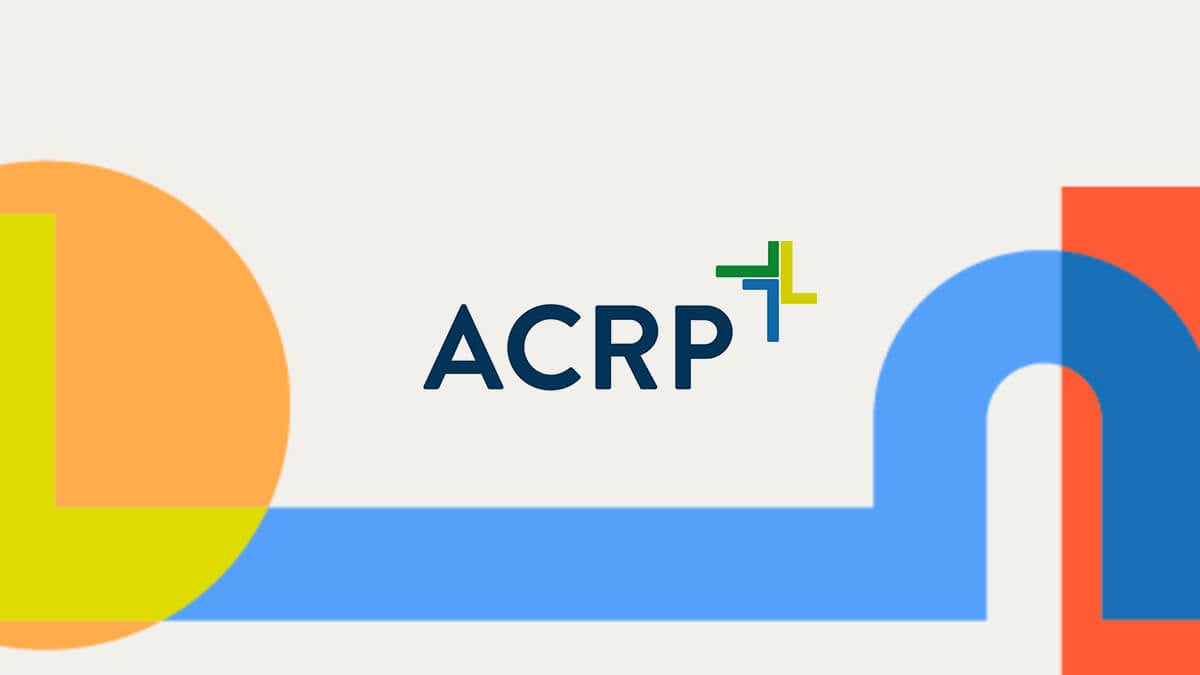A recent analysis of U.S. Food and Drug Administration (FDA) drug approvals between 2010 and 2020 indicates that the median time from initiation of clinical testing to licensing is 8.3 years.1 A significant amount of data needs to be collected over a lengthy period in order to generate meaningful evidence to bring new therapies to patients. The time spent at clinical research sites to collect these data slows down the ability to generate evidence on benefits and risks, and there is a critical unmet need to develop new solutions to support data collection that could improve the speed and efficiency of clinical research.
It is notable that much of the data collected for clinical trials represents standard practice for the particular clinical condition. Thus, one might consider two types of data relevant to clinical research, based on the core reason for their collection:2,3
-
Routinely collected data (also termed “secondary data” for clinical research. Data that are generated during a clinician’s encounter with a patient and are commonly documented within the patient’s electronic health record (EHR) during routine clinical care.
-
Intentionally collected data (also termed “primary data” for clinical research): Data whose collection is above and beyond what would otherwise be collected as a part of routine practice. These parameters that are required by the clinical study protocol may include data elements that are not part of routine care at all, or might be routinely collected but the protocol specifies some aspect of their collection (e.g., specific interval for certain clinical assessments such as radiographic imaging or diagnostic blood tests).
Most routinely collected data are captured within the EHR, while most intentionally collected data are still captured on paper forms that are stored at clinical trial sites within “paper shadow charts.” Technology providers are now developing new methods that make it easier for clinical research sites to capture intentionally collected data, such as:
-
Point of care workflows enabling the prompting of intentionally collected data by clinicians and research teams directly within the EHR.
-
Text note templates (i.e., data collection forms embedded in the EHR) making it easier for clinicians or study staff to capture intentionally collected data during a patient’s study visit.
There is industry momentum for adopting these new methods for the capture of intentionally collected data at the point of care, leveraging the EHR. As we saw in the FDA guidance published in July 2018 on the Use of Electronic Health Record Data in Clinical Investigations,4 the agency specifically calls for two foundational changes to clinical research:
-
Research workflows built within EHR systems to capture intentionally collected data at the point of care.
-
Data from the EHR being used to drive downstream efficiencies in the overall execution of clinical research studies, reducing dependence on manual data transcription from the EHR into study electronic data capture (EDC) systems.
Research workflows built within EHR systems
The clinical research team at Flatiron Health spent more than 150 hours with many community oncology sites, conducting in-depth user research to better understand how research teams typically capture intentionally collected data. Among the many pain points that were identified, the most common feedback was that there are challenges with knowing which data to capture at which time points and for which patients.
The increasing complexity of oncology clinical trials is exacerbating the data collection burden, leading to stressors on the clinical research workforce.5 Research teams are often running many clinical studies, all with different expectations and guidance on data collection, and it is difficult to keep track of each individual study’s requirements. As workarounds, site research teams may create paper templates, logs, and worksheets to help them remember which data need to be collected for each study visit.
In response to FDA guidance, industry imperatives regarding efficiency, and site research workflow challenges, we have identified an opportunity for EHR systems to support the capture of intentionally collected data at the point of care. Rather than site research teams creating separate workflows to capture data for the studies they are supporting, there are ways that the EHR can be configured to support specific study use cases.
If the EHR is able to help research teams know what data to collect for which patients and at which timepoints, this could significantly alleviate the burden placed on site research teams to navigate data collection and enable them to spend more time with their patients. Technological advances related to protocol digitization (the structuring of data collected for a clinical study) will help EHR systems have a blueprint for the data that need to be collected for patients participating in clinical research. This will enable workflows to be built that capture intentionally collected data using EHR-embedded forms directly at the point of care.
Data from the EHR being used to drive downstream efficiencies
Integrating intentionally collected data variables into the EHR unlocks the opportunity for automated transfer of study clinical data from site EHR systems into sponsor EDC systems, increasing site efficiency, improving accuracy of data by eliminating manual transcription, and accelerating the delivery of data to study sponsors. There are applications on the market today that facilitate this automated data transfer. These applications take data fields from the EHR system and map them to the underlying data model for the study EDC system.
Regulations, such as one tied to the Office of the National Coordinator for Health Information Technology’s Certification Program within the 21st Century Cures Act6 that requires EHR systems to adopt Fast Healthcare Interoperability Resources standards, have laid the foundation for a common data standard amongst EHR systems to create solutions that enable this data transfer at scale.
Much of the data that exists within this common data standard is routinely collected data, and typically does not include intentionally collected data. Incorporating intentionally collected data into “EHR to EDC” solutions requires complex mappings between EHR point of care workflows where data are captured and downstream EDC systems that receive these data.
Exciting advances in drug discovery have the unintended consequence of adding stress to an overburdened clinical research infrastructure. Fortunately, we now have technologic solutions to support the imperative to generate evidence to expand treatment options for patients. As displayed in Table 1, these technology solutions introduce benefits to both sites and sponsors.
Table 1: Benefits of technological advancements to sponsors and sites
|
Sponsors… |
Sites… |
|
|
Conclusion
Like any clinical investigator, technology product developers for mission-driven health organizations should have the goal of accelerating the development of new therapies for patients. We believe that incorporating intentionally collected data capture at the point of care within the EHR and automating its transfer into EDC study databases will be instrumental in achieving this goal. It is important that solutions that augment data capture at the point of care are optimized for clinician and research staff workflows and designed in a way that lessens operational burden.
While initially designed as communication and documentation tools for clinical care and reimbursement, the EHR is now increasingly recognized for its potential in clinical research. Leveraging these capabilities can fundamentally redefine how the collection, aggregation, and delivery of clinical study data contribute to integrated evidence generation.
This article was originally published in The Association of Clinical Research Professionals on December 20, 2022
References
-
Brown DG, Wobst HJ, Kapoor A, Kenna LA, Southall N. 2022. Clinical Development Times for Innovative Drugs. Nature Reviews (21)793–4.
-
Bourla AB, Meropol NJ. 2021. Bridging the Divide Between Clinical Research and Clinical Care in Oncology: An Integrated Real-World Evidence Generation Platform. Digital Health. https://pubmed.ncbi.nlm.nih.gov/34868623/
-
Concato J, Stein P, Dal Pan GJ, Ball R, Corrigan-Curay J. 2020. Randomized, Observational, Interventional, and Real-World—What’s in a Name? Wiley. https://www.fda.gov/media/155273/download
-
Use of Electronic Health Record Data in Clinical Investigations. 2018. FDA Guidance for Industry. https://www.fda.gov/files/drugs/published/Use-of-Electronic-Health-Record-Data-in-Clinical-Investigations-Guidance-for-Industry.pdf
-
Pennell NA, Szczepanek C, Spigel D, Ramalingam SS. 2022. Impact of Workforce Challenges and Funds Flow on Cancer Clinical Trial Development and Conduct. American Society of Clinical Oncology Educational Book. https://ascopubs.org/doi/pdf/10.1200/EDBK_360253
-
H.R.34 – 21st Century Cures Act. https://www.congress.gov/bill/114th-congress/house-bill/34


